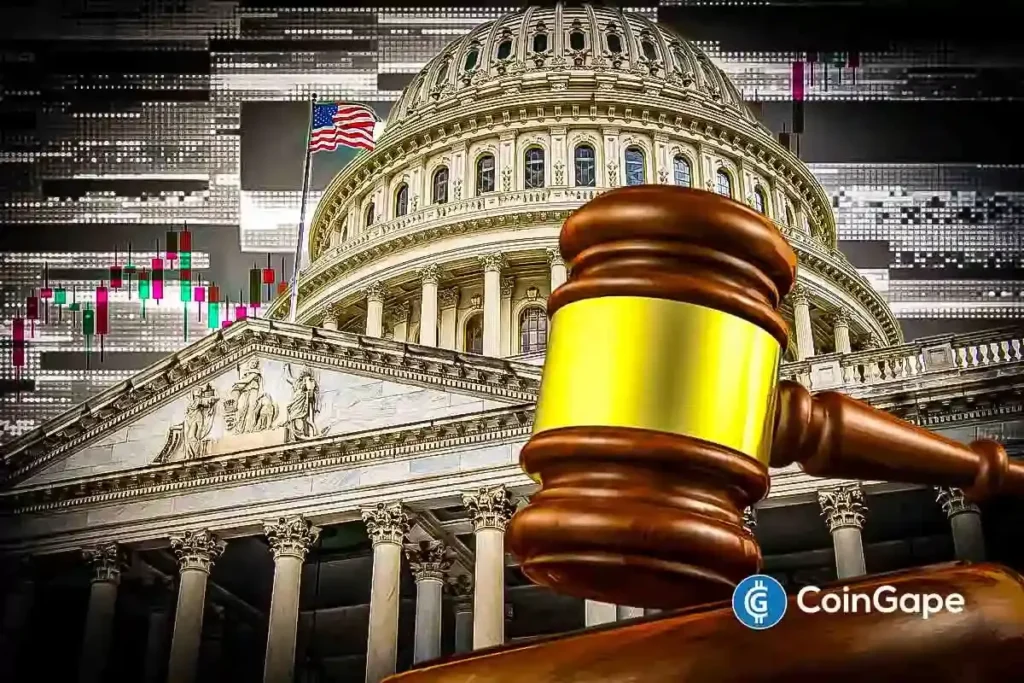U.S. Senate Banking Committee Unveils the CLARITY Act for Crypto Regulation
The U.S. Senate Banking Committee has taken a significant step in establishing a regulatory framework for digital assets with the introduction of the CLARITY Act. Released shortly after the enactment of the GENIUS Act, this crucial piece of legislation aims to clarify the landscape of cryptocurrency regulation. Spearheaded by Senator Tim Scott, the CLARITY Act addresses key aspects of the crypto ecosystem, including token classification and regulatory oversight, providing much-needed clarity in a previously nebulous environment.
Comprehensive Framework for Digital Assets
The CLARITY Act offers a comprehensive approach to navigating the complexities of the crypto industry. It specifically classifies digital assets—referred to as "ancillary assets"—and asserts that they do not qualify as securities. This distinction is vital as it removes many digital transactions from traditional securities regulations, thus minimizing confusion and fostering growth in this innovative sector. However, the bill acknowledges that certain transactions involving these digital assets could still be categorized as investment contracts under specific circumstances.
Oversight by the CFTC
A significant aspect of the CLARITY Act is the reclassification of digital assets as commodities, placing them within the jurisdiction of the Commodity Futures Trading Commission (CFTC) rather than the Securities and Exchange Commission (SEC). This transition signals a shift in regulatory priorities and indicates a commitment to treating the cryptocurrency market with the attention it demands. By aligning digital assets with existing commodity regulations, the bill aims to standardize oversight and promote responsible trading environments.
Addressing Key Regulatory Issues
In addition to token classification, the CLARITY Act delves into several pressing regulatory concerns, including banking practices, transparency practices, and anti-money laundering (AML) guidelines. These components are crucial for ensuring the legitimacy of the crypto market and offering protections for both retail and institutional investors. Moreover, the Senate Banking Committee had previously laid out these principles, reinforcing its commitment to proactive and responsible regulation within the digital asset space.
Timely Developments in Cryptocurrency Regulation
The release of the CLARITY Act comes at a pivotal moment for cryptocurrency regulation, especially following the recent enactment of the GENIUS Act. This indicates increasing urgency from lawmakers to establish a robust regulatory framework for the crypto industry. As Coinbase CEO Brian Armstrong noted, there is considerable pressure from the White House for Congress to finalize the CLARITY Act by September, underscoring its significance as a foundational piece of legislation alongside potential new stablecoin laws.
Conclusion: A Turning Point for Cryptocurrency
The introduction of the CLARITY Act by the U.S. Senate Banking Committee marks a notable turning point for the cryptocurrency industry. With clear guidelines on token classification, regulatory jurisdiction, and critical consumer protections, the act aims to create a more predictable and secure environment for crypto transactions. As Congress moves toward potential deadlines for finalization, the industry eagerly anticipates the implications of this legislation, which could shape the future of digital asset transactions in the United States.
Investment Caution
While the passage of the CLARITY Act presents an exciting prospect for the cryptocurrency market, investors are reminded to conduct thorough research before engaging in crypto-related investments. The evolving regulatory landscape underscores the importance of balancing innovation with security and consumer protection.


